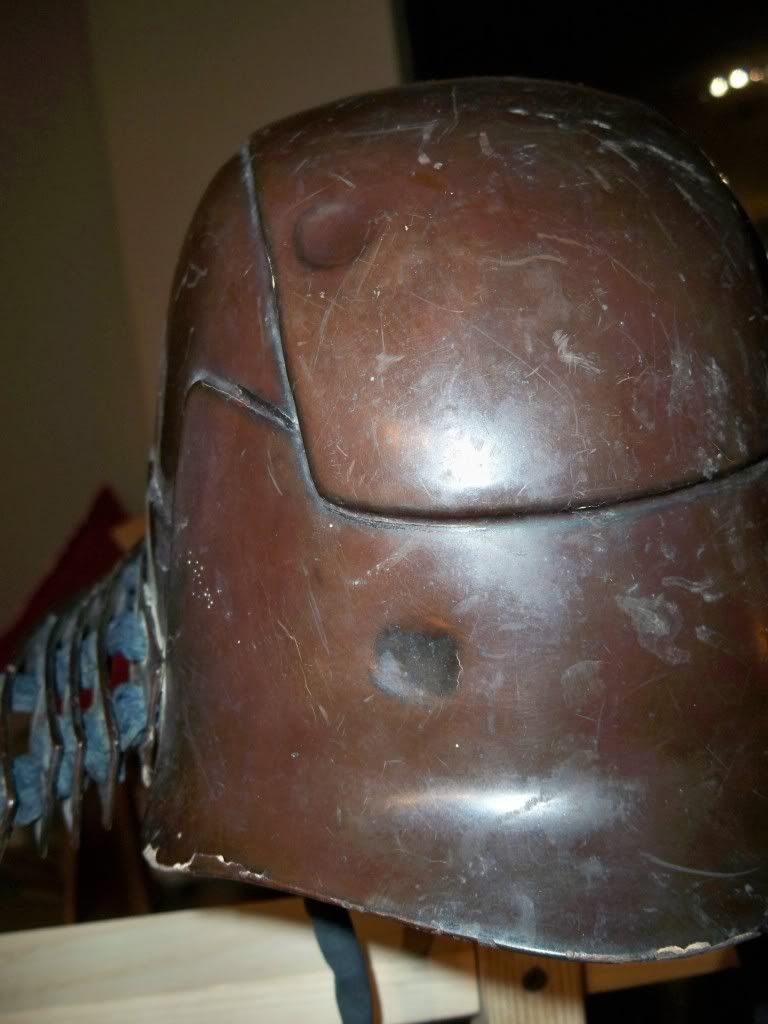Interesting, I always thought the improvements in gunpowder weapons simply decreased the use of metal armor, which mainly stops the sharp and pointy hand helds, but not fast moving blunt projectiles.
There's probably strategically placed stockpiles of Gaijin Pepper for the next time they try to invade, but what is the utility against more honorable opponents? Akodo's flexibility on methods of war notwithstanding.



